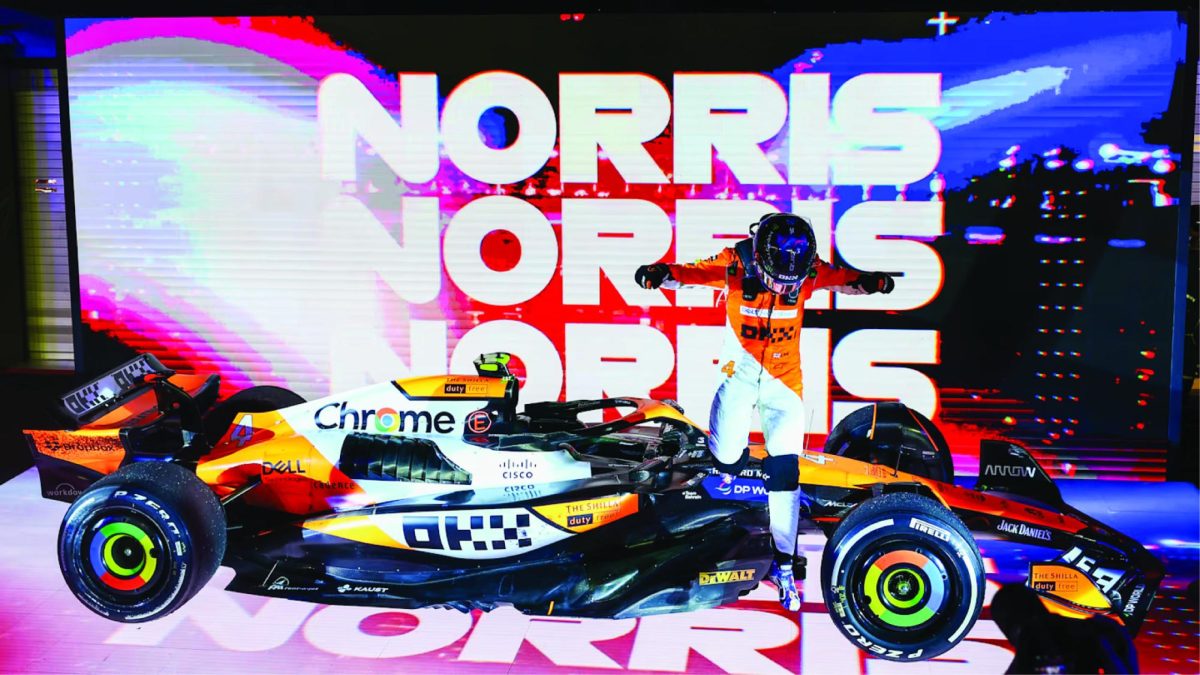The Singapore Grand Prix has long been a highlight of the Formula 1 calendar, renowned for its dramatic night race setting and the unique challenge posed by the Marina Bay Street Circuit. In 2024, the street circuit became the second track in F1 history to feature a fourth drag reduction system zone, adding a new element to this iteration of the race.
World-renowned driver Max Verstappen and his team, Red Bull Racing, arrived in Singapore with a formidable track record, having won most of the races in the season thus far. With a mix of confidence and pressure, Verstappen sought to extend his championship lead. Meanwhile, Lando Norris, driving for McLaren, had been enjoying a resurgence in form, showcasing impressive pace in previous races. Would Verstappen continue his dominance, or could Norris capitalize on his growing momentum?
Throughout each session, the anticipation was palpable. During the first practice, Norris took initiative early, posting an impressive lap time of 1 minute, 33.903 seconds. This performance put him half a second ahead of his championship competitor, Verstappen. It was clear Norris had found his stride as he topped the results of Practice 2, beating out Ferrari’s Charles Leclerc by less than a tenth of a second. Qualifying took place Sept. 21, with each driver looking to secure a good starting position in the race. Despite Leclerc’s early success in practice, his final laptime in qualifying was deleted for exceeding track limits, landing him in ninth position. Both Norris and Verstappen put on stellar performances in their qualifying run: Norris finished in 1:29.525 to claim the pole position while Verstappen trailed by less than a quarter of a second to finish second with a time of 1:29.728. With the top five drivers all qualifying with times within half of a second, it was clear that they had their work cut out for them. The race would be long, and street circuits can often lead to unforeseen incidents, meaning that strategy would be crucial.
As the drivers embarked on their 61 laps around the Marina Bay Street Circuit, the tension was palpable. Norris stuck with the medium compound tires, hoping for a repeat of his dominating performances throughout practices and qualifying sessions. He got off to a strong start, defending his pole position into Turn 1. Verstappen, however, was not far behind after a brief exchange with Mercedes driver Lewis Hamilton. The two drivers quickly settled into a rhythm, with Norris maintaining a narrow lead. The opening laps saw both Norris and Verstappen display their skills, but Norris’s pace was impressive, allowing him to stretch his lead over the field. As the race unfolded, Verstappen, known for his relentless pursuit, began to push harder, trying to close the gap. The battle between them was intense, with Norris showing his expertise and stamina as he skillfully defended against Verstappen’s charges.
Midway through the race, the teams faced crucial strategic decisions regarding tire management. Many teams took a pit stop between lap 10 and 20 to switch over to harder tires. Verstappen’s team, renowned for their strategic prowess, called him in for an early pit stop, hoping to gain an advantage on fresher tires. However, a slow pit stop disrupted the plan, costing him valuable time. As he re-entered the track, it was clear that Norris’s team had taken the opportunity to put him on a better strategy that allowed him to stretch his lead from five seconds to an impressive 13 seconds. When Norris pitted one lap later, McLaren had to decide whether or not to address an issue with the front wing, ultimately opting not to make a switch. Both drivers had to navigate the fine line between aggression and caution. As the laps ticked by, Norris maintained a slight edge, but the race was far from over.
With only a handful of laps remaining, Verstappen’s frustration mounted. He continued to trail behind Norris, but when Norris brushed against the wall at Turn 10, it seemed there may be room for him to make a move. The night air was thick with excitement, with fans on the edge of their seats as the battle intensified. Verstappen tried various overtaking maneuvers, but Norris’s defensive driving was impeccable. As the final 10 laps approached, Norris’s lead appeared secure, with him pulling nearly half a minute clear of Verstappen. Verstappen continued to push, but the McLaren’s pace and Norris’s composure under pressure proved to be the deciding factors. Norris crossed the finish line first with a time of 1:40:52.571, securing a decisive win over Verstappen, who trailed by 20.945 seconds. This victory gave Norris 25 points toward his F1 Driver Standings as he continues his pursuit to overtake Verstappen, who is the current leader.
The F1 season continues when the drivers take on the Circuit of the Americas for the United States Grand Prix, which will take place Oct. 18–20.











